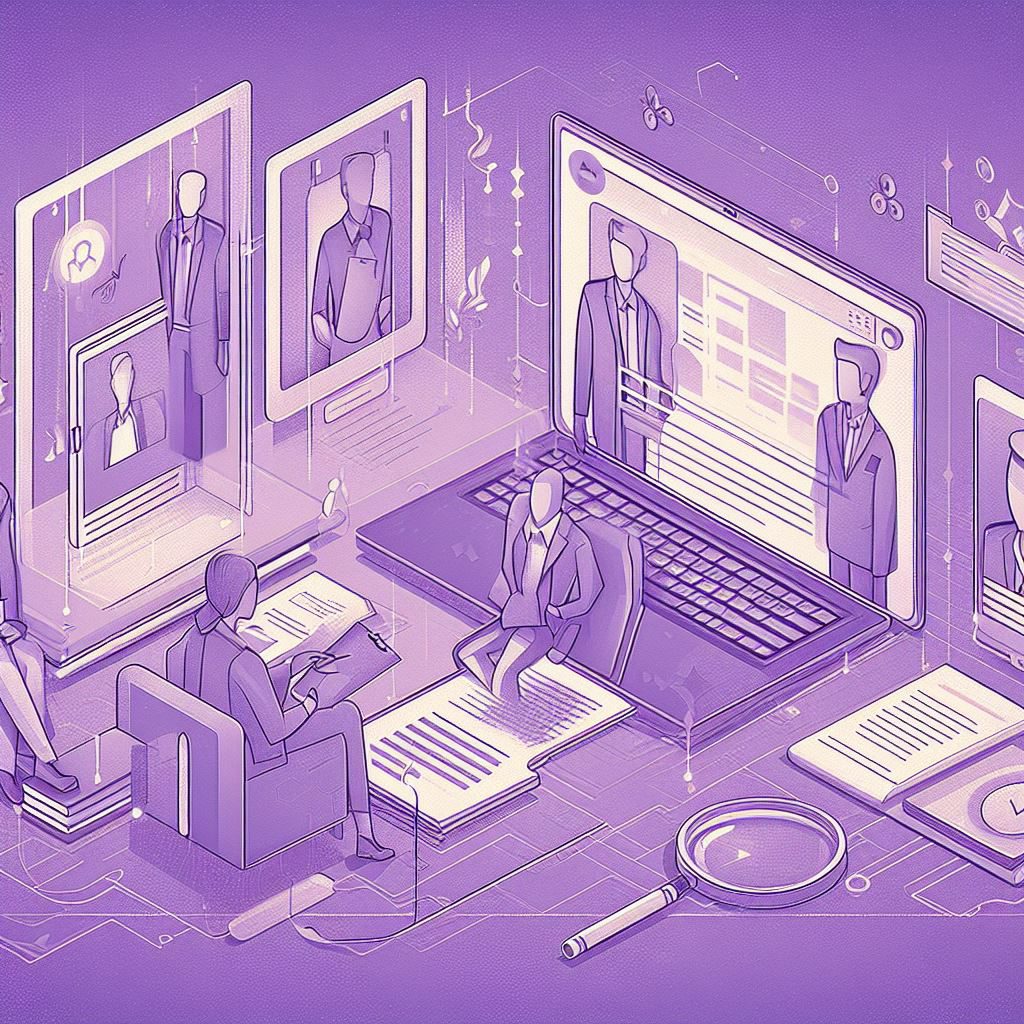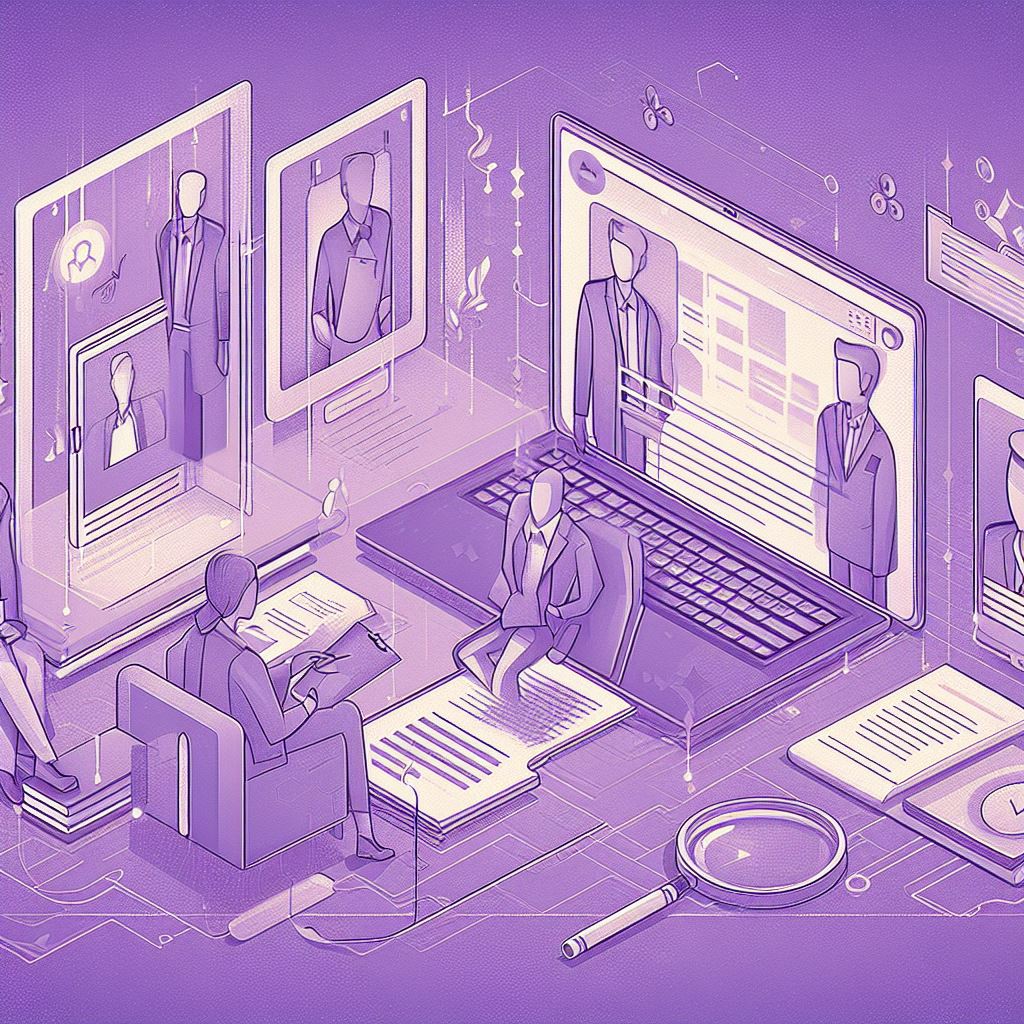Mastering Recruitment: A Deep Dive into the Talent Acquisition Workflow
In the dynamic world of Human Resources, the process of hiring isn’t just about filling vacancies. It’s a strategic dance, choreographed with precision, to ensure that the right talent aligns with the organization’s vision and goals. Central to this process is the ‘Talent Acquisition Workflow’. This workflow, a structured roadmap for recruitment, is pivotal in streamlining the hiring process and ensuring its efficacy.
Decoding the Talent Acquisition Workflow
The Talent Acquisition Workflow is a systematic, step-by-step approach to the recruitment process. It ensures that every phase, from job requisition to onboarding, is executed with precision and consistency. Let’s delve deeper into each stage of this workflow.
1. Job Requisition:
Before the hunt for the perfect candidate begins, it’s crucial to identify the need. This stage involves managers submitting a request for a new hire, detailing the role, responsibilities, qualifications, and other specifics.
2. Sourcing Candidates:
With the job profile in hand, the next step is to source potential candidates. This could involve tapping into existing talent pools, using job boards, leveraging social media, or even headhunting.
3. Screening and Shortlisting:
Once applications start pouring in, the screening process begins. HR professionals review resumes, assess qualifications, and shortlist candidates who align best with the job requirements.
4. Interviewing:
The shortlisted candidates are then invited for interviews. Depending on the organization and the role, there might be multiple rounds, including technical assessments, behavioral interviews, and HR discussions.
5. Offer and Negotiation:
Post-interviews, the most suitable candidate is extended a job offer. This stage might involve negotiations regarding compensation, benefits, and other terms of employment.
6. Background Verification:
Before the final onboarding, it’s standard practice to conduct background checks. This ensures the authenticity of the information provided by the candidate and verifies their professional and personal history.
7. Onboarding:
Once everything is in order, the candidate is formally inducted into the organization. This involves orientation sessions, introductions to teams, and training modules to help them integrate seamlessly.

The Significance of a Streamlined Workflow
A well-defined Talent Acquisition Workflow offers multiple benefits:
Efficiency: With a clear roadmap, the hiring process becomes faster and more efficient, reducing the time-to-hire.
Consistency: A standardized workflow ensures that every recruitment drive maintains a consistent quality and approach.
Better Candidate Experience: A smooth, transparent hiring process enhances the candidate’s experience, reflecting positively on the company’s brand.
Data-Driven Decisions: With a structured workflow, it’s easier to collect data at each stage, providing insights for future improvements.
Adapting to the Digital Age
In today’s tech-driven era, the Talent Acquisition Workflow is increasingly being powered by digital tools. Applicant Tracking Systems (ATS), AI-driven analytics, and digital onboarding platforms are revolutionizing the traditional hiring process. These tools not only enhance efficiency but also provide richer insights, ensuring that the talent acquisition strategy is always evolving and improving.
Conclusion
The Talent Acquisition Workflow is more than just a process; it’s a strategic tool that shapes the very foundation of an organization. After all, an organization is only as strong as its people. By understanding, implementing, and continuously refining this workflow, HR professionals can ensure that they’re not just filling vacancies but are strategically aligning talent with the organization’s vision and goals.









